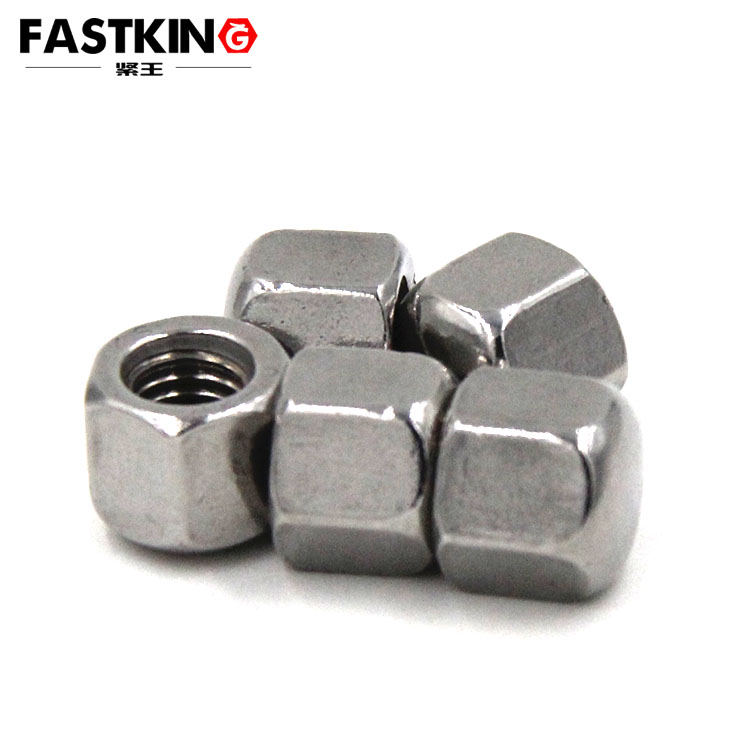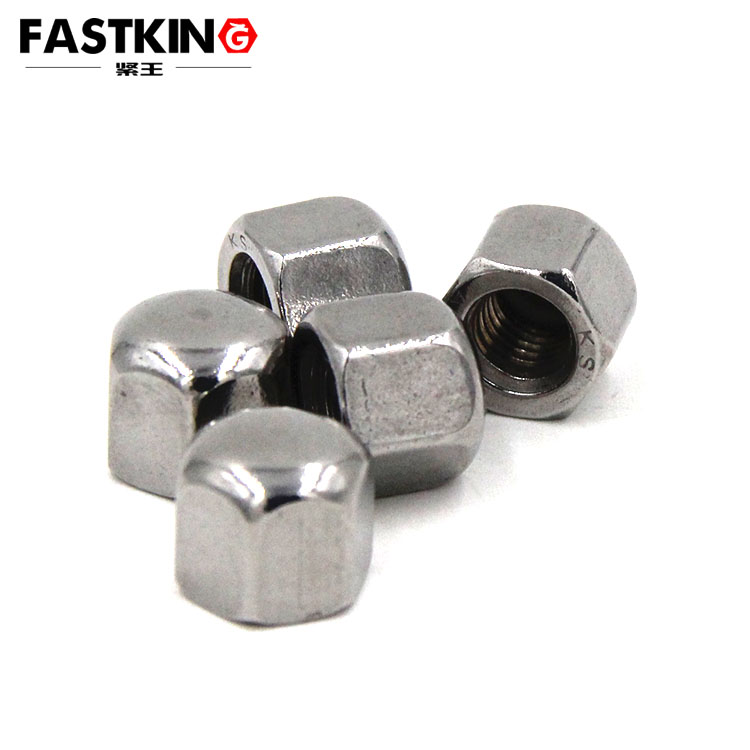Abstract
This paper explores the structural characteristics, working principles, and industrial applications of low-profile hex cap nuts. Research indicates that these nuts offer significant advantages in space-constrained environments, anti-loosening and anti-corrosion applications, and scenarios requiring aesthetic appeal. By analyzing their operational principles and real-world case studies, this study provides engineering professionals with selection and usage guidelines, contributing to improved mechanical assembly quality and reliability.
Keywords Low-profile hex cap nut; Anti-loosening principle; Sealing performance; Space-constrained assembly; Application scenarios
1. Introduction
In mechanical assembly, nuts are among the most fundamental fasteners, with their performance directly impacting structural stability and reliability. As industrial technology advances, specialized working conditions impose higher demands on fasteners, leading to the development of low-profile hex cap nuts. This paper systematically explains their working principles and application scenarios, offering theoretical guidance for engineering practices.
The low-profile hex cap nut combines the operational convenience of a hex nut with the protective features of a cap nut. Its reduced height (compared to standard hex nuts) and sealed top design make it particularly advantageous in space-limited, dustproof, waterproof, or aesthetically demanding applications. Studying its principles and applications is crucial for optimizing mechanical design and improving assembly quality.
2. Structural Characteristics of Low-Profile Hex Cap Nuts
Low-profile hex cap nuts consist of a main hexagonal nut body and an integrated top cap. The hexagonal body allows for easy installation and removal using standard tools, while the cap—attached via stamping or welding—forms an enclosed structure. Compared to traditional hex nuts, their height is typically reduced by 20%–30%, significantly saving axial installation space.
Material-wise, these nuts are commonly made from carbon steel, stainless steel, or brass to meet varying strength and corrosion resistance requirements. Surface treatments such as zinc plating, chrome plating, and passivation enhance durability and appearance. Some variants incorporate nylon or other engineering plastics as inserts to provide self-locking functionality.
3. Working Principles of Low-Profile Hex Cap Nuts
The tightening mechanism of low-profile hex cap nuts follows the same principle as standard nuts, utilizing the thread helix angle to generate axial clamping force. The key distinction lies in the cap design, which prevents dust, moisture, and other contaminants from entering the threaded area, reducing corrosion-induced seizing.
Anti-loosening mechanisms include:
-
Physical barrier effect – The cap isolates the threads, minimizing vibration-induced loosening.
-
Elastic elements – Some designs incorporate internal elastic components to maintain constant clamping force.
-
Reduced moment arm – The lower profile decreases the torque leverage, reducing loosening risk.
Sealing performance relies on the tight fit between the cap and bolt end, achieving up to IP54 protection standards.
4. Application Scenarios
4.1 Automotive Industry
Low-profile hex cap nuts are widely used in engine compartments, chassis systems, and other space-constrained, harsh-environment areas. Their compact design aligns with modern automotive lightweighting trends, while the cap structure resists moisture, oil, and debris. Typical applications include:
-
Turbocharger mounting
-
Suspension system connections
4.2 Electronics & Telecommunications
These nuts are ideal for server racks, communication base stations, and other applications requiring EMI shielding and dustproofing. Their sleek appearance also suits consumer electronics like laptops and smart home devices.
4.3 Medical Equipment
In medical devices, their easy-to-clean, dust-resistant properties make them suitable for CT scanners, surgical tables, and other precision instruments.
5. Advantages and Limitations
Advantages:
✔ Space-saving – Ideal for height-restricted assemblies.
✔ Superior protection – Extends fastener lifespan in harsh conditions.
✔ Aesthetic appeal – Enhances product finish.
✔ Integrated anti-loosening – Reduces maintenance needs.
6. Conclusion
Low-profile hex cap nuts represent an innovative, multi-functional fastener solution for space-constrained, corrosive, or aesthetically demanding environments. Their design advancements make them a valuable choice in modern mechanical engineering.
